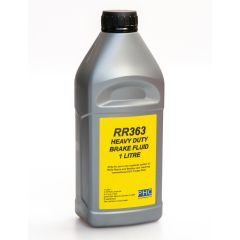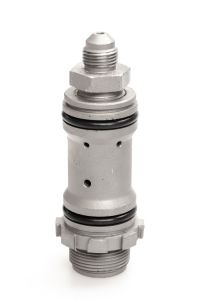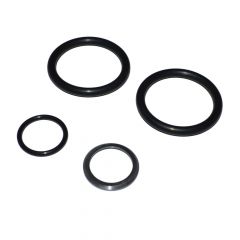This information is taken from Workshop Manual TSD4200, Section G6. We advise only undertaking work on the hydraulic system if you have read and can refer to TSD4200.
Before commencing any operations on the hydraulic/brake pumps the car wings should be suitably protected with wing covers.
Hydraulic pump housing sealing rings - To Renew
If brake fluid leakage occurs from the brake pump housing it is possible to renew the two sealing rings with the pump(s) in position using the following procedure.
1. Depressurise the hydraulic systems as described in Section G2 in TSD4200.
2. Ensure that the pump(s) and the surrounding area is thoroughly clean.
3. Compress the rubber hose section of the hydraulic pump low pressure inlet pipe to prevent fluid flow. Remove the hose at the centre connection worm-drive clip. Suitably blank the hose end or allow the fluid to drain into a clean container.
Note: When work is being carried out on the rear hydraullc pump the ignition distributor should be removed as described in Chapter M of TSD4200.
On cars fitted with an exhaust emission control system the three way connector and check valve must be removed from above the front hydraulic pump (see Section U2 in TSD4200).
4. Disconnect the high pressure outlet and low pressure inlet pipes from the hydraulic pump.
5. Remove the circlip from the top of the pump and draw the outer housing upwards and off the pump.
6. Discard the two old sealing rings; fit new ones lubricated with clean brake fluid of the approved type.
7. Fit the pump outer housing, aligning the port with the inlet pipe. Press the housing firmly into position then fit the circlip.
8. Prime the pump with approved brake fluid, connect the low pressure feed and high pressure outlet pipes to the pump, also connect the low pressure hose from the reservoir.
9. Top-up the reservoir with approved fluid (see Chapter D in TSD4200) and bleed the hydraulic systems as described in Section G4 in TSD4200.




